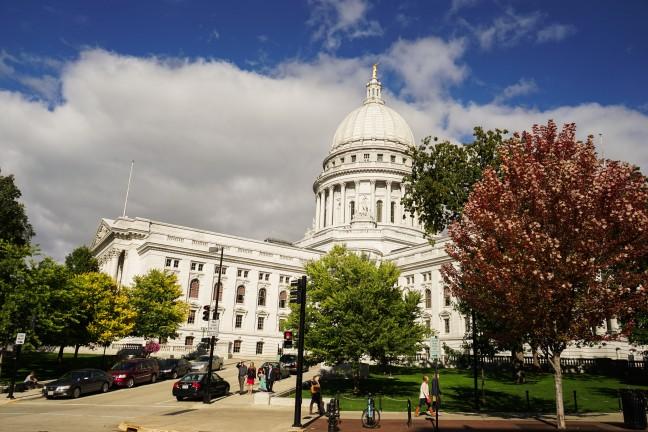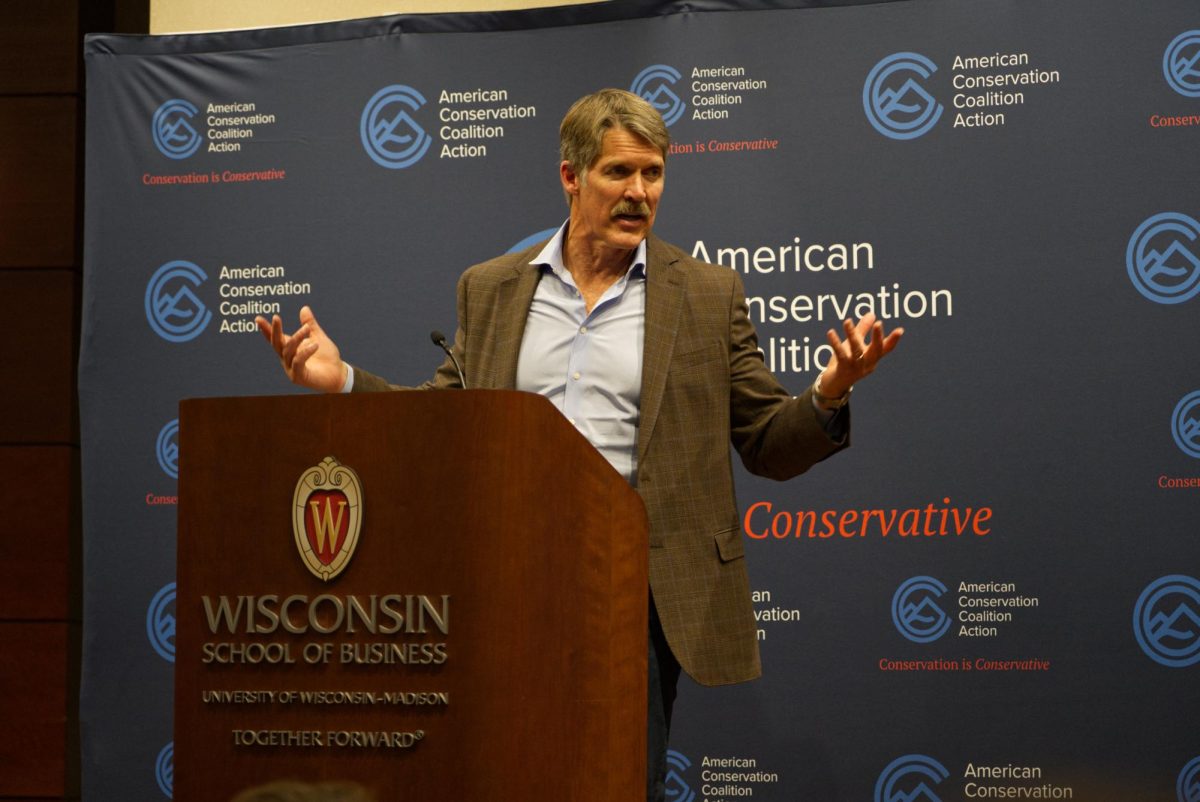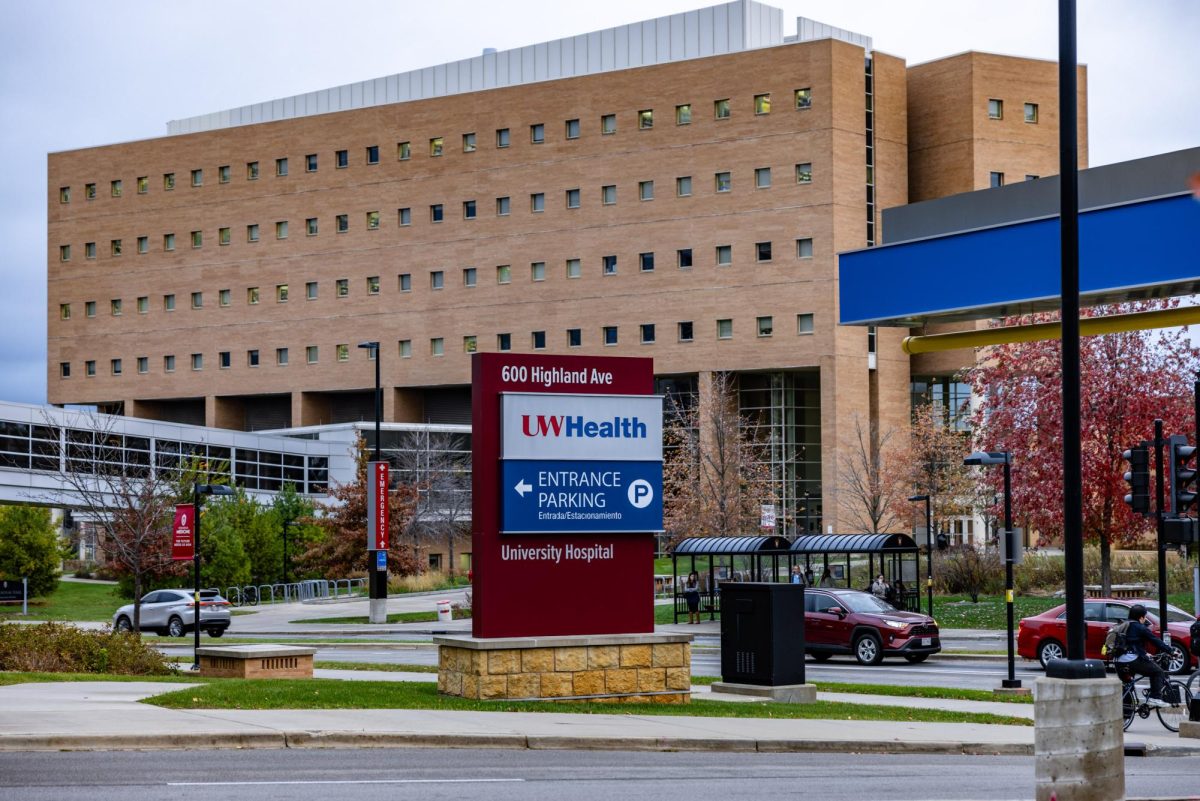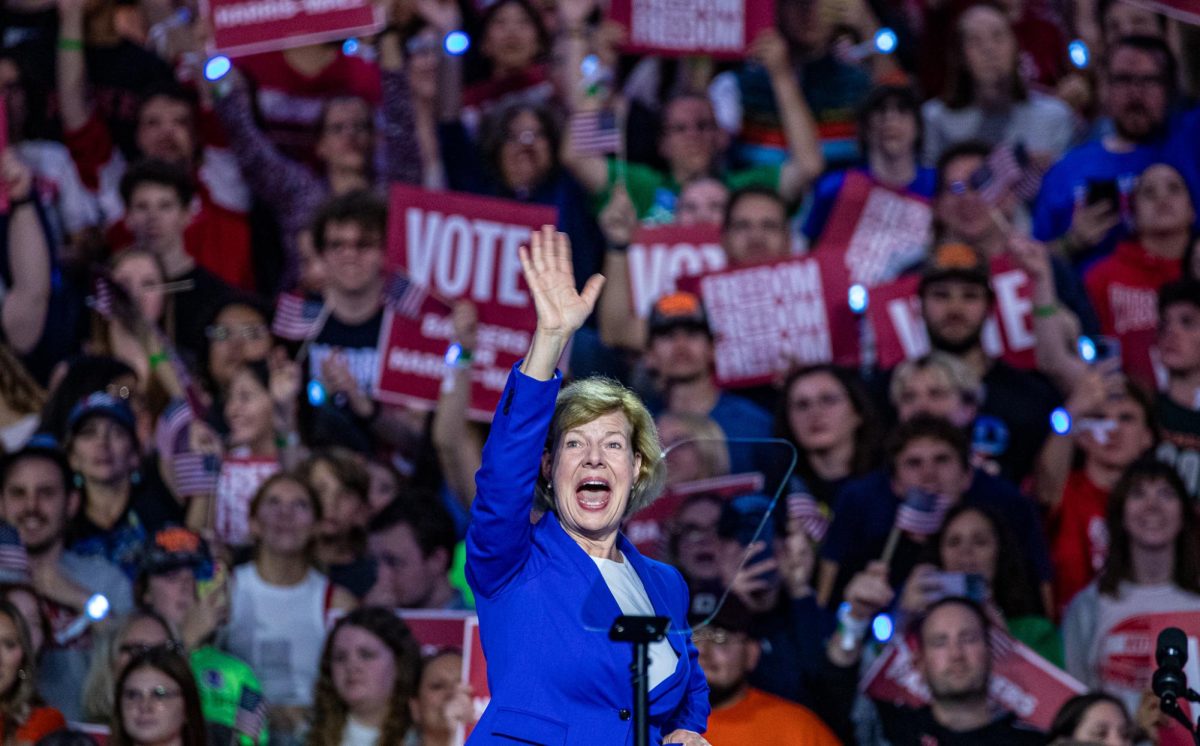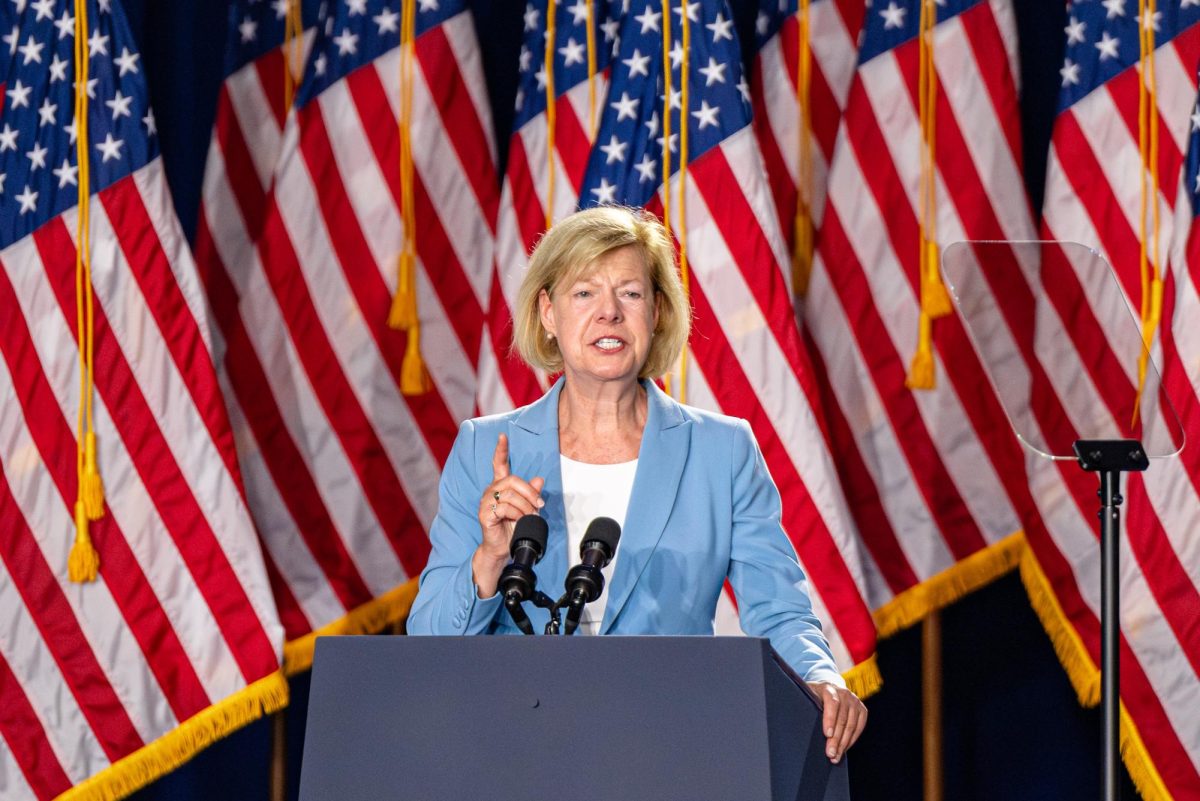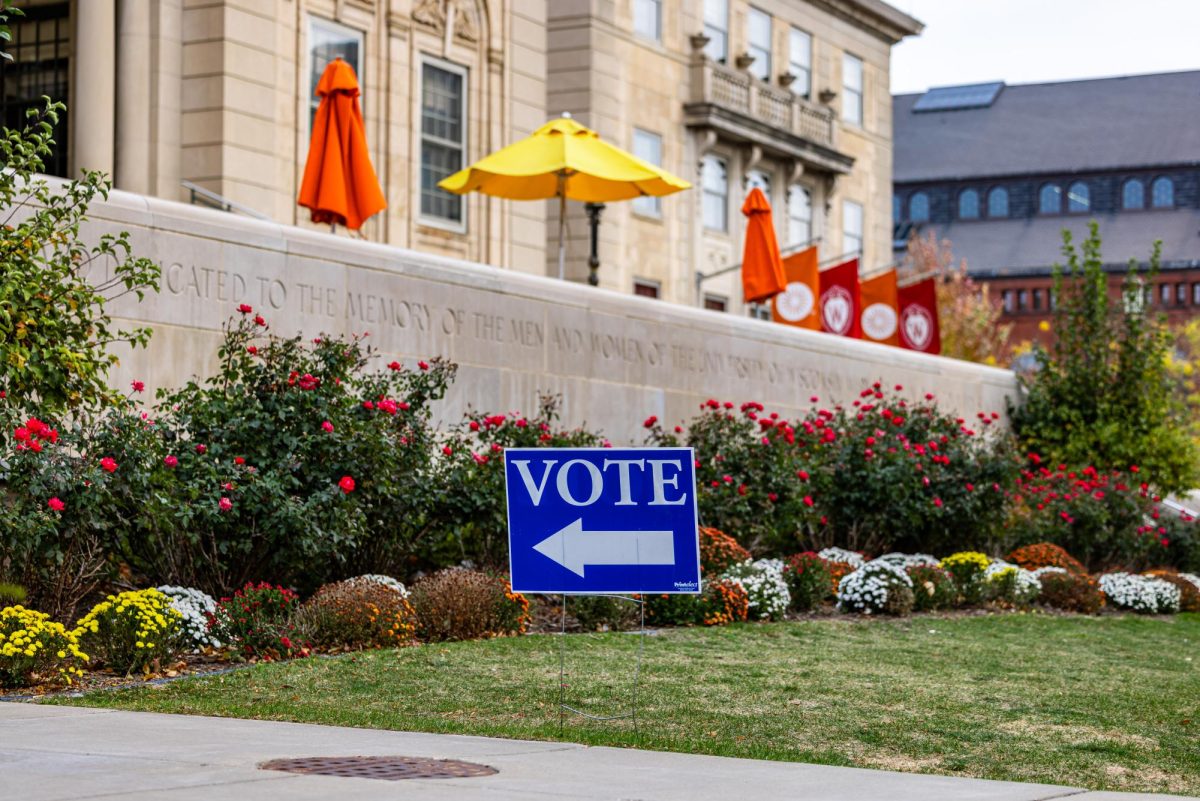Spending on the Wisconsin Senate and Assembly races increased 27 percent to $36 million from the $28 million spent in 2016, and was about double the $17 million spent in 2014, according to a report by the Wisconsin Democracy Campaign.
WDC, a nonprofit organization that tracks money in state politics and works for democratic reforms, released a report March 6 detailing spending by candidates and special interest smear groups in the fall 2018 legislative races.
The report found that a total of $35.8 million had been spent. Additionally, 26 outside groups spent $12.2 million on expressed advocacy and undisclosed issue ads. Democratic groups spent about $6.7 million whereas Republican groups spent nearly $5.5 million.
The $12.2 million spent by the outside groups in the 2018 fall races was 36 percent higher than the $9 million spent in the 2016 fall legislative races, a 159 percent increase from the $4.7 million spent in the 2014 legislative races.
Everything you need to know before the 2018 midterm elections
The group with the highest spending was the Greater Wisconsin Committee, with estimated spending for undisclosed issue ads and disclosed independent expenditures totaling $3.8 million.
They are a self-identified nonstick corporation that “influences legislation and/or influences public opinion.” They support issues such as LGBTQ+ equality, abortion rights, and produced anti-Walker advertisements during the 2018 gubernatorial election.
The group with second-highest spending was Wisconsin Manufacturers & Commerce, with estimated spending for undisclosed issue ads and disclosed independent expenditures topping $2 million.
The group represents more than 3,800 member companies, spanning a variety of economic sectors. They support issues such as lowering the personal and corporate income tax rates, pushing back against certain Environmental Protection Agency regulations, and enhancing Wisconsin’s rail network.
Other groups that contributed include the Republican State Leadership Committee — an estimated undisclosed issue ad activity spending of $980 thousand — American Federation for Children — spending $970 thousand — and Planned Parenthood, spending $154 thousand.
The remaining $23.6 million was spent by legislative candidates and legislative campaign committees. This included $14 million in spending by GOP candidates, $9.5 million in spending by Democratic candidates and more than $32 thousand by independent and third party candidates.
Midterm election results show NRA is losing its grip on American politics
Barry Burden, University of Wisconsin political science professor and director of the UW Elections Research Center, said the GOP spending increases were not necessarily a surprise.
“Because of the expected ‘blue wave’ and the success that Democrats had in several special elections earlier in the year, there was more sense in 2018 that Republican control was in jeopardy,” Burden said. “This was especially true in the State Senate, where Democrats only needed to pick up two seats to become the majority party. As a result, several key Senate seats saw a tremendous amount of spending by both sides.”
This is verified by the report from WDC, where special interest Democratic groups out-spent their Republican counterparts, but Republican candidates and campaign committees outspent their Democrat counterparts.
John Witte, UW professor Emeritus of public affairs and political science and faculty affiliate at the Institute for Research on Poverty, discussed a “blue wave” in an earlier interview with The Badger Herald in October.
“The Republican base, geographically, has been pretty constant — [former Gov.] Walker [was] able to play to his suburban, rural base really well,” Witte said. “In Madison, Milwaukee — the big cities, we’ve always seen Democrats. That’s been going up recently.”
Witte cited youth movements, activism and heightened interest in politics as a crux for an increase in more Democratic interest. He said it also had generational ties, which was later supported by the gubernatorial election results.
According to a November 2018 article by the Wisconsin State Journal, college and college-age voters lean Democratic.
Thomas Fischl, Wisconsin’s organizing director for NextGen, a get-out-the-vote group, said young voters turned out “decisively” for Tony Evers in the gubernatorial election and “powered him to victory.”
In an earlier September 2018 interview with the Herald, Burden said that Madison, in particular, has a “very democratic electorate,” and cited the prevalence of college-aged students — specifically at UW — as a factor. He said the democratic shift occurred within the past ten years, and previously there was a larger, much stronger Republican presence on campus.
Looking towards Walker’s future after defeat in November elections
Burden said the partisan issues bore results in the fall legislative races.
“The blue wave did materialize in statewide races, where Democrats won five out of five,” Burden said. “But it had no effect in the Legislature. The failure of Democrats to make gains in the Legislature is almost certainly due to gerrymandering and effective campaign spending by Republican incumbents.”
According to a November 2018 article by the Journal Sentinel, Republicans expanded their majority in the state Senate by one seat and retained a 63-36 majority in the Assembly.
As reported by the Journal Sentinel, critics said the Democratic wins in statewide races, coupled with failures in gaining in the legislature, is proof of gerrymandering.
According to the WDC report, Republicans did increase campaign spending. Of the six legislative races that topped $1 million in spending in fall 2018, five of them saw the highest spending from Republican candidates.
Burden said candidates and spending have risen, and will likely continue to.
“Candidates and party committees continue to contribute more to overall spending than do outside groups, but the growing influence of such groups is a factor behind the increase in campaign money,” Burden said. “Changes to Wisconsin’s campaign finance laws opened the doors for more donations from individuals, more giving by corporations, and easier spending by issue groups.”


